Will Australia Reject a Proposal to Drill Under a Coral Reef?
DAMN WELL BETTER!
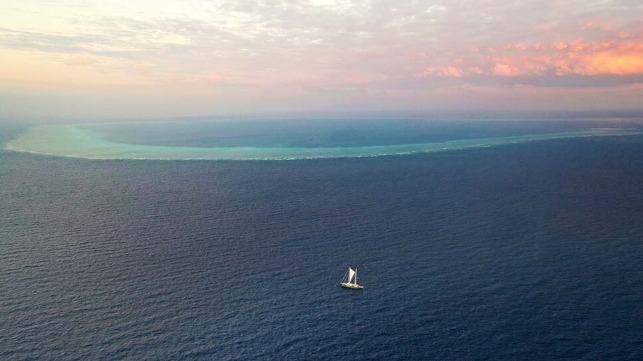
[By Samantha Hepburn]
For decades, Australia’s largest independent oil and gas company, Woodside, has eyed off a prize: the largest known unconventional gas fields in the nation.
But there’s a problem. The enormous Brecknock, Calliance, and Torosa gas fields are hundreds of kilometers off the coast of Western Australia – buried underneath pristine coral reefs. To access it, the company would have to drill more than 50 wells around the Scott Reef system and pipe the gas 900 km along the ocean floor to a processing plant.
Now Woodside has an even larger problem. The state’s Environmental Protection Authority is signaling it will reject this A$30 billion project, known as Browse, which is part of Woodside’s much larger Burrup Hub project.
It would be unusual to see the state authority reject a project of this size – they’re more commonly approved with conditions. But the authority is clearly concerned about the potential damage the giant gas project could do. The project has been mired in controversy, attracting 800 public appeals and more than 400,000 signatures on a petition against it. Conservationists are elated at news of the rejection.
Has this project by Australia’s homegrown answer to Big Oil been shut down? Not quite. The authority has only made a preliminary decision. Woodside has vowed to keep pushing for a green light – and it has the support of federal Resources Minister, Madeleine King.
But because these reefs are on an important migration route for endangered pygmy blue whales, federal Environment Minister Tanya Plibersek may have to weigh in.
What happens next will tell us a great deal about who holds sway within the Albanese government.
How big is this project?
If approved, the Browse project would feed gas into Woodside’s proposed Burrup Hub, the company’s gas megaproject which would become one of the largest liquefied natural gas (LNG) processing hubs in Australia. Conservationists have described Burrup as a “climate bomb”, which would produce twice the emissions of any other fossil fuel project seeking approval.
The Browse gas has high levels of carbon dioxide (12% CO?), and gas extraction commonly leads to escaped methane, a particularly potent greenhouse gas. Last year, Shell left the joint venture citing concerns about profitability and carbon.
But greenhouse gas emissions aren’t usually covered under an environmental authority’s remit. The Western Australian authority reportedly rejected the Browse project on conservation grounds. A freedom of information request by the Nine newspapers produced a letter the authority sent in February to Woodside, indicating the project was “unacceptable” due to the likely impacts on Scott Reef.
The concerns are well-founded. The project would threaten the habitat or migratory routes of endangered species such as pygmy blue whales, manta rays, whale sharks and nesting green turtles. Gas flaring would disorient migratory birds and young turtle hatchlings.
Noise pollution from drilling, piling and other infrastructure would cause stress and impact habitat. Chemical pollutants including drilling fluid and treated sewage would be released into the water.
High speed transfer boats could threaten whale migration paths. Then there’s the chance of an oil blowout. If this happened, it would be devastating for marine life.
There’s a chance gas extraction could cause Sandy Islet, the only part of Scott Reef above the high tide mark, to be submerged, risking the destruction of a popular nesting habitat for green turtles.
In the public interest?
Woodside argues exploiting these enormous gas fields is necessary to avoid a forecast gas shortage in WA – and to firm up energy security in Asia.
But the state doesn’t have a gas shortage. Even if it did, WA has a domestic reservation policy requiring LNG producers to reserve 15% for the domestic market. Given a recent WA parliamentary inquiry found major gas companies are only reserving 8% of the state’s gas at present, it would be far simpler to enforce the current reservation policy rather than crack open new gas under a coral reef.
What’s coming next?
A final decision by the state Environmental Protection Authority is yet to be handed down. But even if the decision is a clear no, it’s hard to see the company giving up.
In that case, Plibersek would likely have to weigh in. She is tasked with making determinations of national environmental significance under Australia’s main environment laws.
These laws don’t account for damage done by emissions, meaning Plibersek could not reject Woodside’s proposal on climate grounds. But the act does cover protection of endangered species, migratory species and the marine environment.
The endangered pygmy blue whale is found in Western Australian waters –including Scott Reef. Under Australia’s environment laws, endangered means the species has had a severe drop in population and has fallen by at least 50% over ten years or three generations.
Plibersek could stop the Browse project due to its impact on the pygmy blue whale, as this species has an existing species recovery plan.
When a recovery plan is in place, our laws state the federal minister cannot approve a project inconsistent with or in contravention of the plan. But the whale’s recovery plan expires next year.
Samantha Hepburn is a Professor at Deakin Law School, Deakin University. This article appears courtesy of The Conversation and may be found in its full form here.

The opinions expressed herein are the author's and not necessarily those of The Maritime Executive.

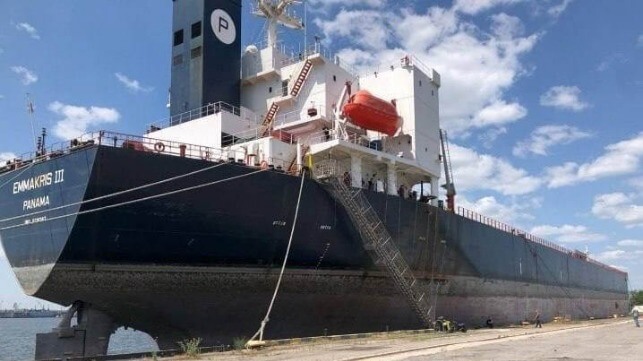

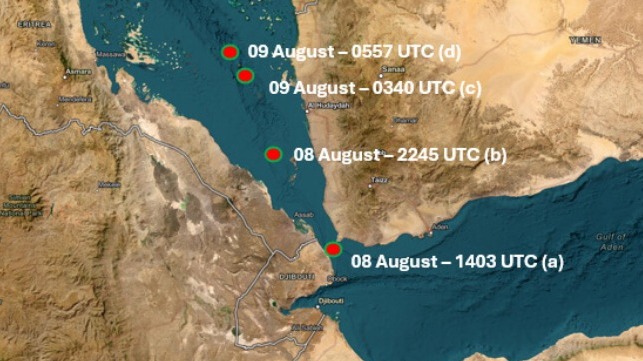
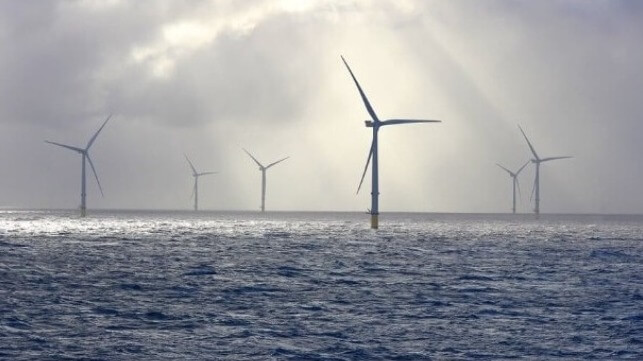
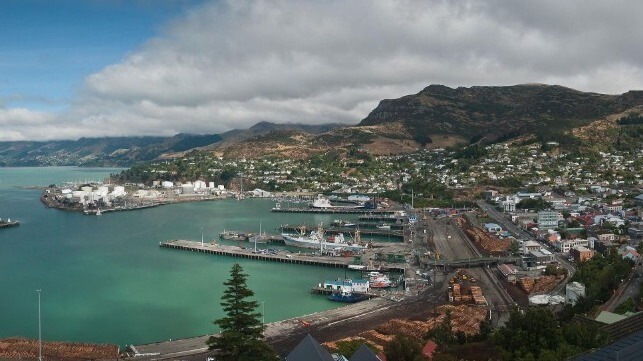
.jpg?ext=.jpg) Representatives from CNL, AECL, General Fusion and the Business Development Bank of Canada gathered for the signing of the agreements enabling CAD20 million of investment into General Fusion's LM26 demonstration programme (Image: CNL)
Representatives from CNL, AECL, General Fusion and the Business Development Bank of Canada gathered for the signing of the agreements enabling CAD20 million of investment into General Fusion's LM26 demonstration programme (Image: CNL).jpg?ext=.jpg) Buu Nygren issues the executive order prohibiting uranium transport (Image: Navajo Nation Office of the President)
Buu Nygren issues the executive order prohibiting uranium transport (Image: Navajo Nation Office of the President).jpg) President Nygren wants the legacy of Cold War era uranium mining operations on Navajo land to be addressed (Image: Navajo Nation Office of the President)
President Nygren wants the legacy of Cold War era uranium mining operations on Navajo land to be addressed (Image: Navajo Nation Office of the President).jpg?ext=.jpg) The IsoEnergy team and Garfield County representatives in front of the main portal at Tony M (Image: CNW Group/IsoEnergy Ltd)
The IsoEnergy team and Garfield County representatives in front of the main portal at Tony M (Image: CNW Group/IsoEnergy Ltd).jpg)